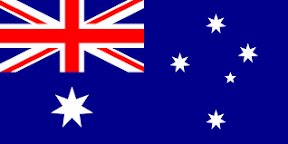Filed in 2005 by Nam Dang and Chikao Morimoto to the US Patent Office, the portion of the application below offers a view from the scientists as to the way to brew and take the tea for effect on more than ten types of cancer.
The indication from the application looks like it is “preferable” to take one half to three cups per day of papaya leaf tea, approximately, for one to three months to combat the listed cancers.
…”The present invention’s brew/extract components, prepared from, for example, a papaya leaf, or fractionated components thereof, are effective in the prevention or treatment of stomach cancer, lung cancer, pancreatic cancer, liver cancer, colon cancer, uterine cancer, ovarian cancer, neuroblastoma or other solid cancers, or lymphoma, leukemia or other blood cancers. In a preferred embodiment, treatment is administered to those suffering from a disease. In another embodiment, treatment is administered as prophylaxis. The dose of the brew/extract components or fractionated components thereof to be administered will depend on the dosage form, symptoms of the subject, type of cancer or the like. However, for example, when the brew/extract is taken, it is normally preferable to take an amount of 100 ml to 750 ml per day, every day for between one month and three months. When the fractionated components are taken, it is preferable to take an amount of 10 ml to 200 ml per day, every day for between one month and three months.”
Section [0011]
Compositions for Cancer Prevention, Treatment, or Amelioration Comprising Papaya Extract
US 20080069907 A1
The scientists, along with Noriko Otsuki, also published in the Journal of Ethnopharmocology the following study in 2010, “Aqueous extract of Carica papaya leaves exhibits anti-tumor activity and immunomodulatory effects” which revealed in detail their science behind the tea.
This article is not intended to prescribe the tea, only to publish information related that is available by academics who study papaya leaf.

